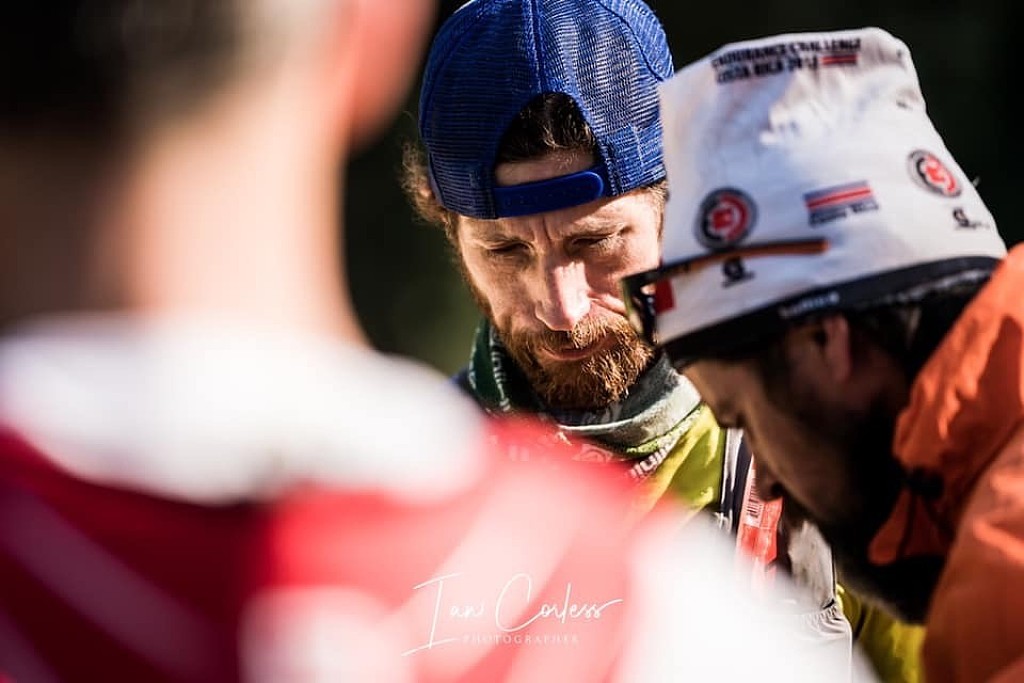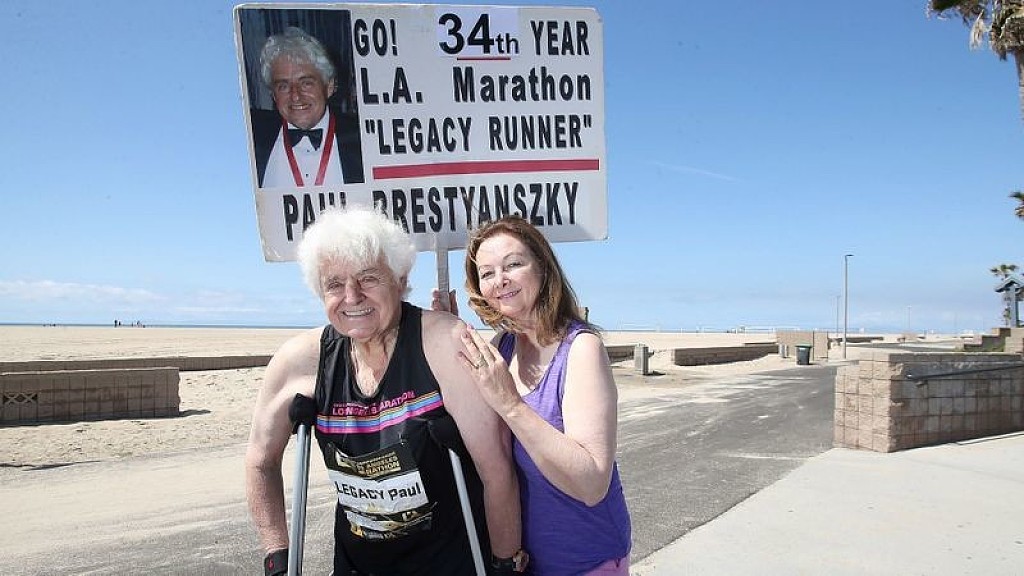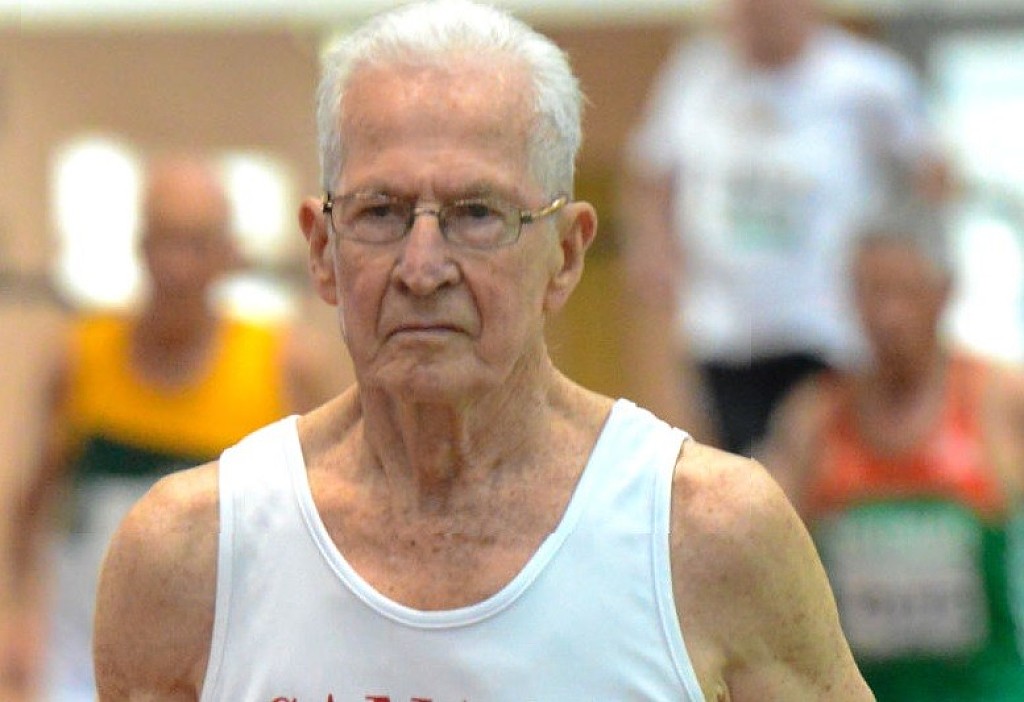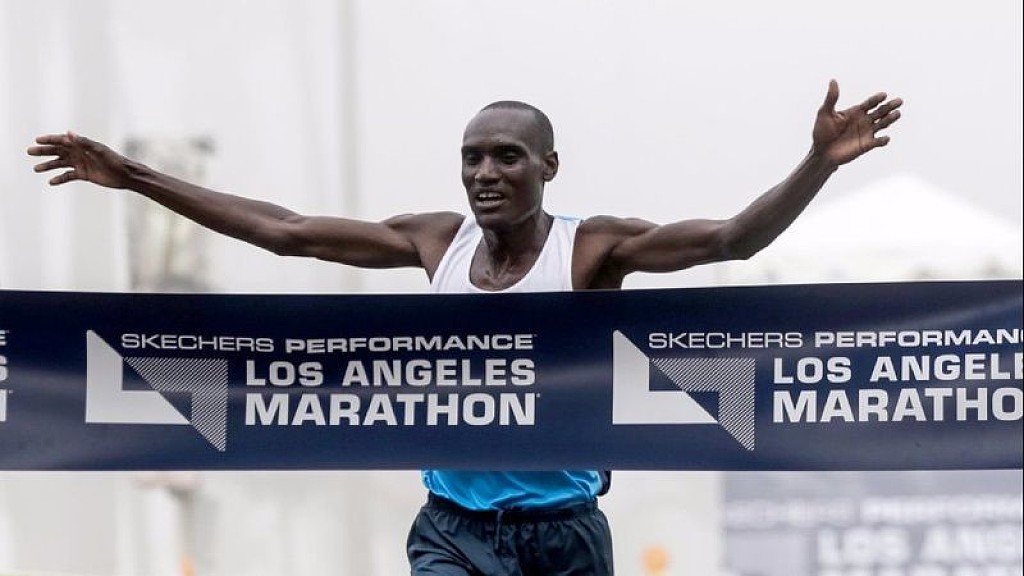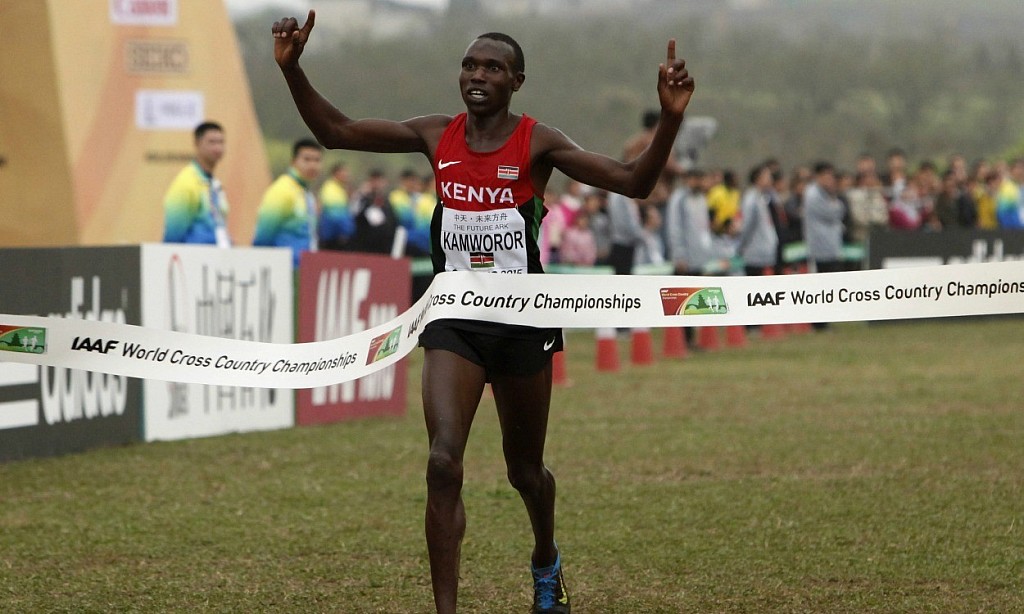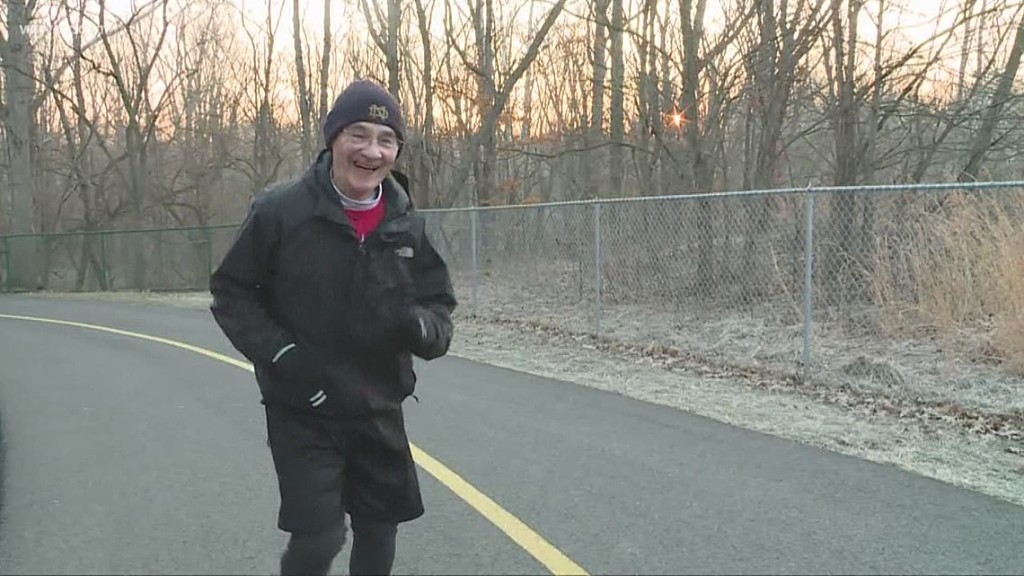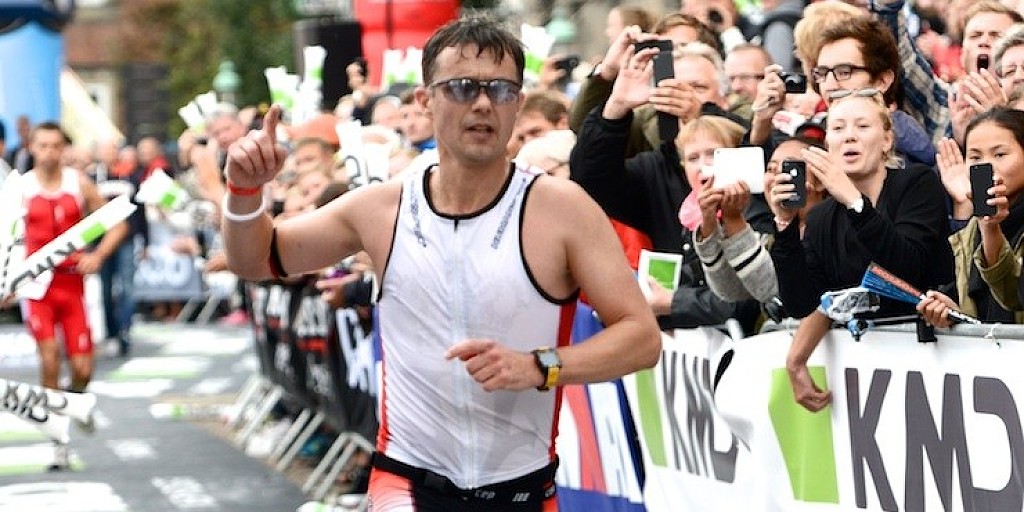Running News Daily
Top Ten Stories of the Week
3/30/2019
These are the top ten stories based on views over the last week.
Michael Wardian has finished his 10-day 631-mile journey smashing the Fastest Known Time on the Israel National Trail by several days
Ultra superstar Michael Wardian set a new Fastest Known Time (FKT) for the Israel National Trail, covering the 631-mile journey (south to north) in 10 days, 16 hours and 36 minutes (unofficially) March 22 in Israel.
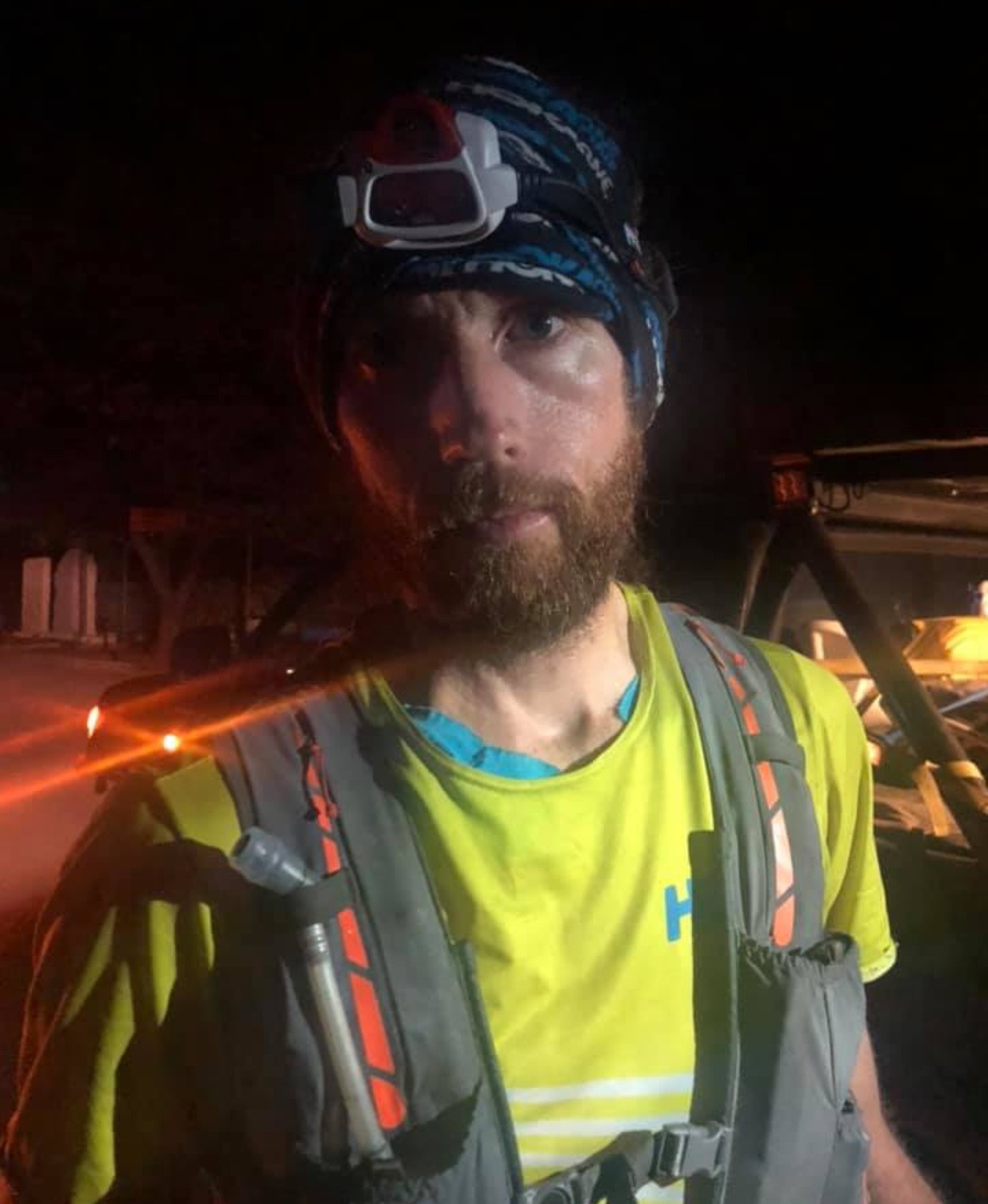
Event organizer Ian Corless wrote, “it’s difficult to put into words a 10-day journey of 631-miles. Especially when someone has run the whole distance. I have to say, mine was one of relief.
“Mike had done it. He had achieved his target of running the INT in 10-days and to be part of the journey is beyond rewarding. I witnessed intense highs and lows. So, to finally watch Mike touch ‘home’ and finally be able to stop, I had relief and immense satisfaction of a job well done.
“I truly believe Mike, and maybe us all will need more than a few hours to comprehend the new record, for now though, Michael Wardian is the new record holder of the FKT for the Israel National Trail.“
Others have covered this many miles in 10 days but no one has covered this many miles in this amount of time on such a challenging course.
Michael’s goal was to complete this journey in 10 days and he did it smashing the FKT by several days. This may be a record that will never be broken.

Ian shared this personal note:
"This record has been more than a running adventure. It has been an incredible journey that not only allowed us to cross from one end of a country to another, but it has opened our eyes to the beauty of Israel.
"It’s a diverse landscape all compressed into a very small area. The deserts of the south were truly mind-blowing, the best deserts I have witnessed. The green and stoney trails of the north provided a stunning contrast to the red of the south. And throughout this journey, the people of Israel have welcomed us, supported us and helped Mike in a way that none of us could have predicted.
"But the help has not only come from trekkers or runners, the story of Mike’s journey has spread throughout Israel and made multiple news channels and in doing so has created awareness. People have come out to offer best wishes and even offer a place to sleep or provide food.
This journey has stirred an awareness and challenged people to ask themselves, ‘What can I do to challenge myself?’
(03/22/19) Views: 404Paul Brestyanszky, 76, will attempt L.A. Marathon on crutches to avoid breaking his 33-year streak
Paul Brestyanszky is a Los Angeles Marathon legacy runner, which means he is one of 178 who have completed the race every year since it started in 1986.
So when the 76-year-old Huntington Beach resident fractured his knee in February, he worried he would have to break his 33-year streak.
Over the decades, his fellow legacy runners — whose ages range from 40s to 80s — have become like family to him. Every year, a group meets a few weeks after the marathon for what it calls a DAB (damage assessment brunch) to see how many people made it.

After his injury, Brestyanszky sent out a mass email with the tongue-in-cheek title “Breaking News,” asking the legacy runners for advice. One told him he had to do the marathon several times in leg braces. Another did it several years ago on crutches, even though it took him 11 hours.
Brestyanszky took away from the conversations that it was still possible.
So on Sunday, Brestyanszky, who didn’t run a marathon until he was 41, will try to complete his 34th L.A. Marathon on crutches, with a small group of fellow injured legacy runners by his side.
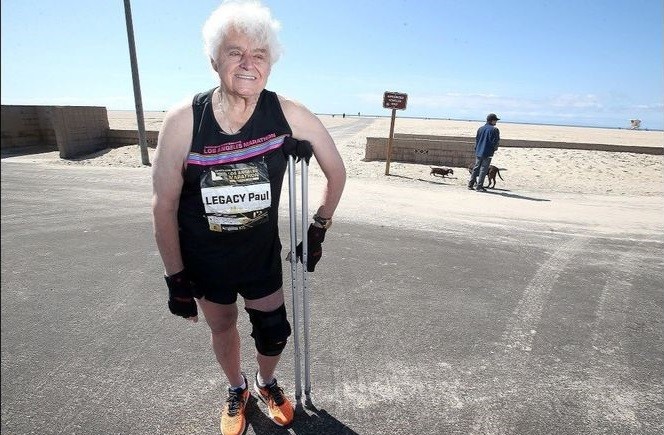
Brestyanszky’s doctor and his wife, Mila Cangelosi-Brestyanszky — who cheers him on annually with the sign she made in Year 19 — knew they couldn’t stop him. But they made him promise he will quit if his knee starts to throb.
“It is terrifying to me to think he’ll be on crutches for 26.2 miles,” Cangelosi-Brestyanszky said. “And everyone else also thinks he’s crazy.”
He once had a bad fall in the middle of a race. But the only time he’s considered not finishing was in 2011, when there were torrential rains and thousands of people were evaluated for hypothermia. When his wife greeted him at the end of the race with a beer, as she always does, his lips were blue and he joked about needing two shots of tequila, no ice.
As usual, he plans to pace himself, make sure he has a sip of water at each station and make a quick stop for Starbucks coffee around Mile 20 to help him avoid the “wall,” the point in a marathon where it goes from difficult to unbearable.
(03/23/19) Views: 169Earl Fee is a canadian phenom, and at 90 he is still setting world records on the track
There must be something in the water in Elstow, Sask., where Earl Fee was born (he was raised in Toronto, where he still lives). The 90-year-old demolished not one but two world masters’ track records on the weekend at the USATF Iowa Open/Masters Championships and All Comers Meet in Grinnell, Iowa. (Another track phenom, Olga Kotelko, was raised not far from Elstow. Kotelko died in 2014 at age 95 with 34 world records to her name.)
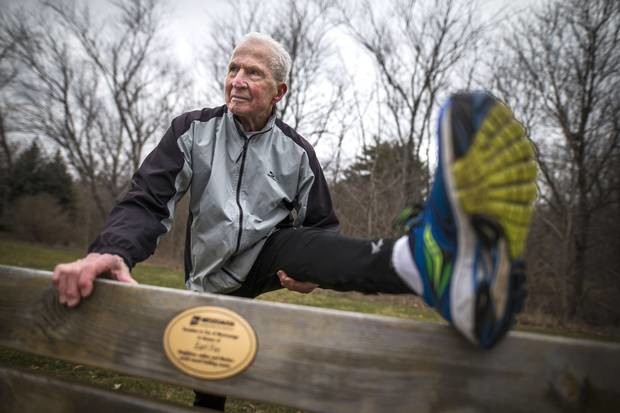
Fee’s time of 1:30.76 in the 400m was 16 seconds faster than the previous record set by Ugo Sansonetti of Italy in 2010, and his 800m performance of 3:42.5 took 34 seconds off Antonio Nacca’s previous record set in 2014.

Fee was a decent runner in his school and university days, but left the sport for a number of years, taking it up again in 50s. He soon started breaking age-group records on the track.
Fee still holds the M85 world record in the indoor 400m, and the M70, M75, M80 and M85 records in the indoor 800m, as well as the M75 record in the indoor mile, the M80 record in the 4x400m relay (anchoring a team that included the late Ed Whitlock), and several outdoor age group records.
(03/25/19) Views: 113Often overlooked is the role Nutrition plays to increase healing and decrease downtime when injuried
Injuries can quite literally stop a runner in his or her tracks. Recent research suggests that half of sports injuries lead to an average of three weeks without training or competing.
Cross-training, physical therapy and biomechanical assessments are well-established aspects of the treatment process, but often overlooked is the role of nutrition in the recovery from injury. Dr. Keith Baar, a researcher at the University of California, Davis, believes that nutritional support is a critical element of recovery.
“A greater understanding of the role of nutrition in healing has evolved in the past three to five years,” says Dr. Baar. In one case study, by following an injury-specific nutritional program, the athlete displayed half of the muscle atrophy in the immobilized leg that was expected. Since a return to running after injury is often dictated by the rate of muscle function, maintaining muscle size and strength may significantly hasten recovery.

In fact, a 2015 article in the journal Sports Medicine said, “Nutritional support may be crucial to lessen the length of time and reduce the negative aspects of reduced activity and immobilization, as well as to support the return to training.”
Working backwards, in order for the collagen-building nutrients to be floating in the blood stream ready for absorption, meals need to be consumed approximately one hour before exercise.
Baar names four important amino acids—lysine, hydroxylysine, hydroxyproline, and proline—as those that have shown the greatest promise in building collagen. Lysine, an essential amino acid found in meat, cheese and eggs, may play a particularly important role in the health of bones, connective tissue and skin. While both scientific and clinical studies have indicated that these amino acids may actually strengthen ligaments and tendons, no long-term research has been carried out to determine the preventative effects of nutritional interventions.
Facilitated by a better blood flow, nutrition may play an even greater role in the growth and recovery of muscle tissue. Amino acids, the building blocks of muscle protein, are readily delivered to muscles and consequently, an adequate daily protein intake may be essential in maintaining muscle mass during injury.
Studies also have show that in periods of inactivity, healthy muscle tissue atrophies at approximately 0.5 percent per day. For a runner that has suffered serious injury, two to three weeks of immobilization can lead to a loss of 10 percent of muscle mass. As muscle strength declines at approximately three times the rate that muscle tissue is lost, it doesn’t take a mathematician to realize that extended periods of inactivity can result in big losses in strength.
Without a focused exercise effort—possibly months of rehabilitation—these losses are frequently never recovered, perhaps forever influencing injury risk and performance.

Baar stresses that these recommendations aren’t just for those that have been injured—they also apply to those recovering from hard exercise sessions, a time when muscle breakdown also occurs.
“To repair the muscle damage that occurs after hard exercise, a good, well-timed nutritional support program emphasizing leucine-rich proteins is very important.” Sadly, for those that love a post-workout beer or Chardonnay, excessive alcohol (more than 4 drinks) can impair muscle recovery.
Owing to the observation that muscle recovery is ramped up during two different time periods, 18 and 48 hours after exercise, those runners attempting to optimize muscle recovery should aim to ensure that recovery foods include leucine rich foods (egg whites, chicken, tuna, turkey, dairy products).
Energy balance is critical. Higher protein intakes (2–2.5 g/kg/day) seem to be warranted during immobilization. This can be broken up into 4-6 small meals/day.
At the very least, care should be taken not to reduce the absolute amount of protein intake when energy intake is reduced.
(03/24/19) Views: 64Nicky Spinks is hoping to be the first woman to finish the Barkley marathons
The Barkley Marathons, which is “rumoured” to take place this weekend, is surrounded by folklore about prison escapes and encounters with wild boar. If you’ve never been to Frozen Head, you might think of it as a mysterious, forbidding place whose only reason for existence is as the site of Laz Lake’sinfamous 100-miler.
But Jamil Coury who is returning to the Barkley for the fifth time this year, you’ll see that it’s just a state park like any other, with trails and campgrounds where families go to relax a little later in the season, just like they do in state, national and provincial parks across North America.
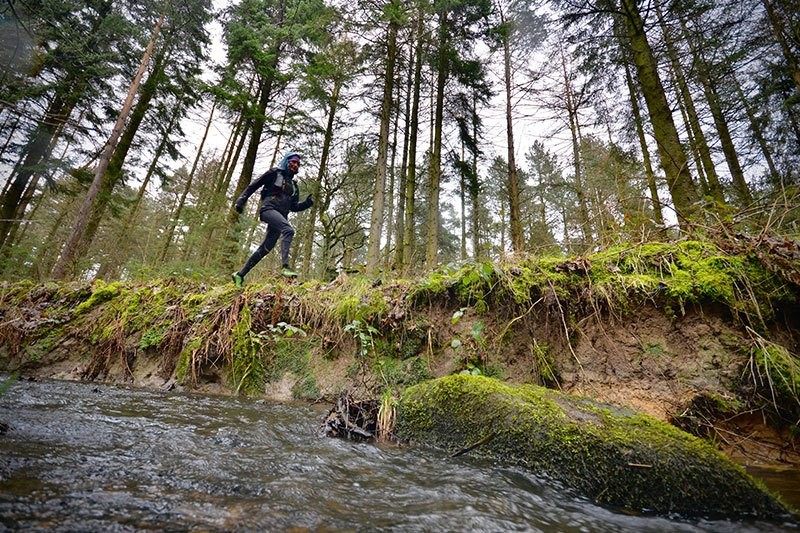
Coury and another Barkley veteran, Guillaume Calmettes of France, spent a few days together last month, running the trails in Frozen Head to get in shape for this year’s race. They make Frozen Head look positively benign.
Last year there were no finishers, thanks largely to terrible weather. Spring weather can be unpredictable anywhere, and last year Frozen Head got walloped with a massive rainstorm, dense fog and cold temperatures on race weekend.
Running five 20-mile loops in 60 hours with no course markings and no organized aid stations is hard enough–add bad weather to the mix, and any hopes of finishing were dashed for most people after a loop or two. Gary Robbins completed a “fun run,” three loops in under 40 hours.
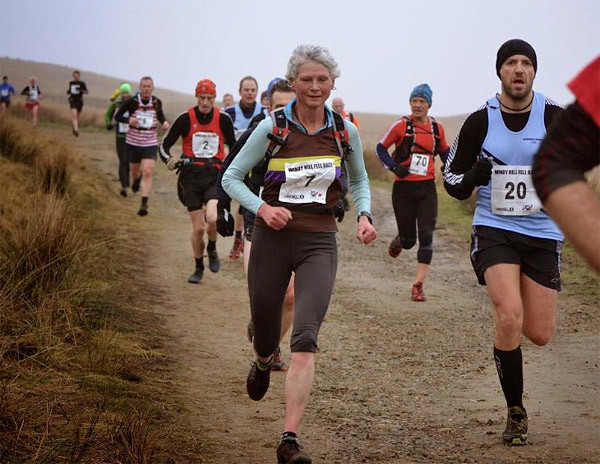
This year could be a different story. The forecast for Frozen Head is for temperatures of between 50 F (10 C) and 68 F (20 C), with thunderstorms possible on Saturday.
We’ve also just learned that Nicky Spinks is among the starters. The British ultrarunner ran a double Ramsay Round last year, has also run a double Bob Graham Round, and crewed for Damian Hall at UTMB last year.
Let’s hope the will be some finishers this year.
(03/29/19) Views: 51Dave Chamberlain is running the Two Oceans ultra marathon 50 times in 50 days that's 2800km
As if running the Two Oceans Ultra Marathon isn’t an astonishing enough feat, one man has taken on an epic challenge to run it 50 times in the 50 days leading up to the race.
Dave Chamberlain is celebrating the Two Oceans’ 50th anniversary by running the race 50 times over - totalling a mind-blowing 2800km.
He's already clocked up 25 of the 50 runs, putting more than 1400km behind him. Determination keeps him going.
“I think it’s just pigheaded stubbornness,” Chamberlain said.
“I have a belief that this project is within the realm of most people, so I feel I have to prove it. I’d be disappointed in myself if I didn’t.”
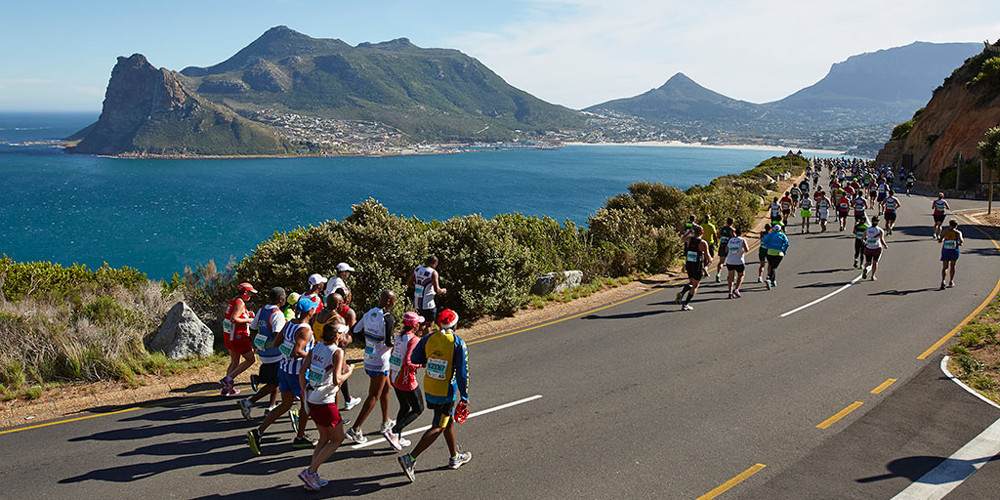
He’s doing the 50-50-50 challenge in aid of BirdLife South Africa, raising funds for the African Penguin Relocation Project.
It is not Chamberlain’s first crazy long-distance challenge. The Pretoria-born athlete has run the length of Argentina, crossed Canada and run through the Namibian desert to Port Elizabeth.

To tackle this latest endurance adventure, he wakes up every morning at 4.30am, and focuses on eating a carb-rich breakfast before getting his run started at 6am in Newlands.
“I don’t worry about tomorrow or day 30, otherwise I’d do my head in,” he said. “Days 4, 5 and 6 are awful, as your body is getting used to it. Everything is inflamed, and your tendons feel like they want to snap.
“Then the body learns how to adapt and ups its efficiency at dealing with all the waste products.” Once your body gets used to the demands of running an ultra marathon over and over, he said that each day’s run becomes active recovery from the day before.
“The body actually heals itself while you’re running,” he said. Approaching the halfway mark this week, Chamberlain said he was feeling physically strong, but running the same loop every day was taking its toll psychologically.
“I feel like my body has adapted to the distance, it’s holding up much better than anticipated,” he said.
“It’s going to be a test of the mind. The boredom is going to be my biggest threat.”
(03/28/19) Views: 44Weldon Kirui will aim to become the first three-time winner at L.A. Marathon
It was a couple of months ago that Weldon Kirui struggled at a half-marathon in Houston, finishing well behind the lead pack. Disappointed, the Kenyan long-distance runner looked ahead to his next race.
“I know what I need to do for L.A.,” he told his agent.

If anyone understands the course and conditions in Los Angeles it would be Kirui, who will start this weekend’s L.A. Marathon looking to become the event’s first three-time winner.
After victories last year and in 2016, he has made himself right at home in Southern California.
“It’s a very fun course to race,” the 30-year-old said through an interpreter. “I know where the good parts are, where the harder parts are.”
Nearly 24,000 runners are expected to participate in this year’s edition of the marathon, which dates back more than three decades to the afterglow of the 1984 Summer Olympics.
At several points in its history, organizers have talked about rivaling the big boys in New York, Boston and Tokyo. But the elite marathon calendar is packed, and elbowing for higher status requires six-figure prize money, more than L.A. has been willing to offer.
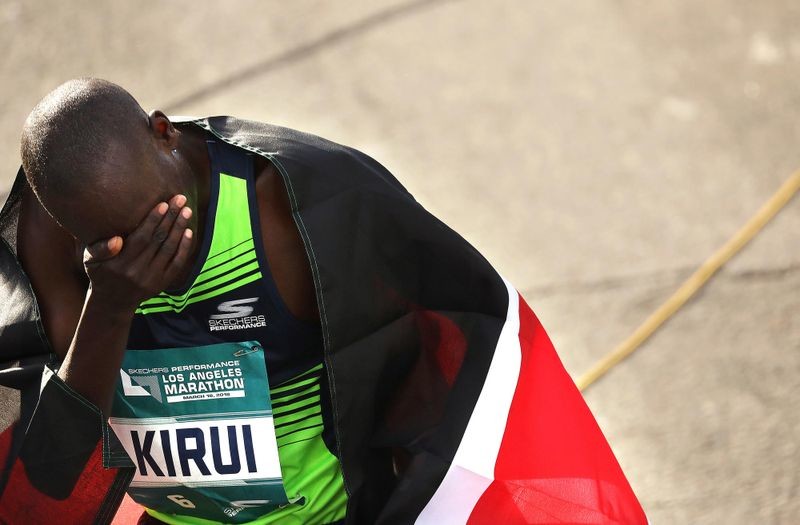
This year, the winner’s purse will be $23,000 for first place in each division.
“I think L.A. has gone up and down,” said Robert Johnson, co-founder of LetsRun.com, an influential web site that covers elite running. “It’s definitely, at this stage, a minor-league race.”
The annual race draws massive crowds of runners who are attracted by a “stadium to the sea” course that begins at Dodger Stadium and weaves past various landmarks on the way to Santa Monica.
Though men’s winners have not consistently broken the benchmark of 2 hours, 10 minutes, the marathon has nonetheless drawn elite competition from around the world.
Juan Luis Barrios of Mexico and a number of Kirui’s countrymen, including Lawi Kiptui and John Korir, are expected to race on the men’s side this weekend.
(03/23/19) Views: 39
World Cross Country defending champion Geoffrey Kamworor is ready to defend his title this weekend
World Cross Country defending champion Geoffrey Kamworor has sent a warning to his opponents ahead of the world championships in Denmark that he is not ready to relinquish his title.
Kamworor will lead team Kenya for the championships to be held on the 30th of March seeking to make it a third in a row.

As defending champion, let’s take Kamworor first. Not only will he be going for his third straight senior title at cross-country in Aarhus, but also for a sixth straight world title in six years, his two previous cross-country victories in Guiyang (2015) and Kampala (2017), augmented by World Half Marathon championships in 2014, 2016 and 2018.
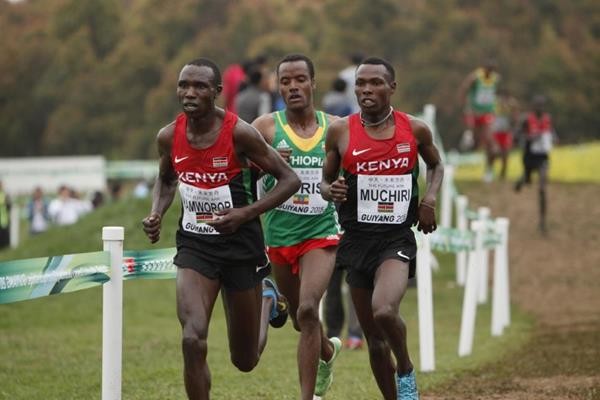
Kamworor has already joined the group of men to have won at least two world cross-country titles. A further triumph this weekend would put him in the select company of those to have won three or more – Kenenisa Bekele (six), John Ngugi and Paul Tergat (five) and Carlos Lopes (three).
He finished only fifth in the Kenyan championship, won by Amos Kirui, but neither the Kenyan, nor Ethiopian, trial has proven a reliable guide to relative finishing order at recent world championships.
Expect Kamworor to present on the start line at Aarhus in excellent shape. He deserves the status of the "man to beat."
There will be $310,000 of prize money on the line, certainly the most of any cross-country races.
(03/27/19) Views: 3982-year-old Jim Mackert will be the oldest runner in the Rite Aid Cleveland Marathon race, he has ran all 42 of them
Jim Mackert is no spring chicken. He's an 82-year-old marathon runner. The legacy runner has run 65. And, he's the oldest person running 26.2 miles in this year's Rite-Aid Cleveland Marathon.
Crossing that finish line in May means that Mackert is the only person to have competed in all 42 of Cleveland's marathons.

"Determination. Desire. I enjoy it, I enjoy the people that I see there," the father of six said.
Mackert is a master. Not just with running. He's mentally tough as nails, which has propelled him to push through injuries to qualify for the Boston Marathon three times.

"When I went in 2007, I was 70 years old and in training I pulled a muscle doing my hill workouts," he explained. "But I said I was going no matter how my leg felt."
And, he did.
These days, Mackert racks up about 40 miles a week. He was, however, getting attention long ago, even appearing on Channel 3 back in 2000 with Jimmy Donovan when he was 63 and gearing up for his 23rd Cleveland Marathon.
Mackert has no plans to slow down. He says he's fueled by his family, while inspiring others on his path.
"I feel good doing it. And as long as I feel good doing it, I try to keep doing it," Mackert said.
(03/22/19) Views: 37The Crown Prince of Denmark is so excited about the upcoming world cross-country championships that he decided to run it
This Saturday is the World Cross-Country Championships in Aarhus, Denmark. Many of the world’s best athletes will be competing, including world half-marathon champion and world 10,000m gold medallist Geoffrey Kamworor in the senior men’s race.
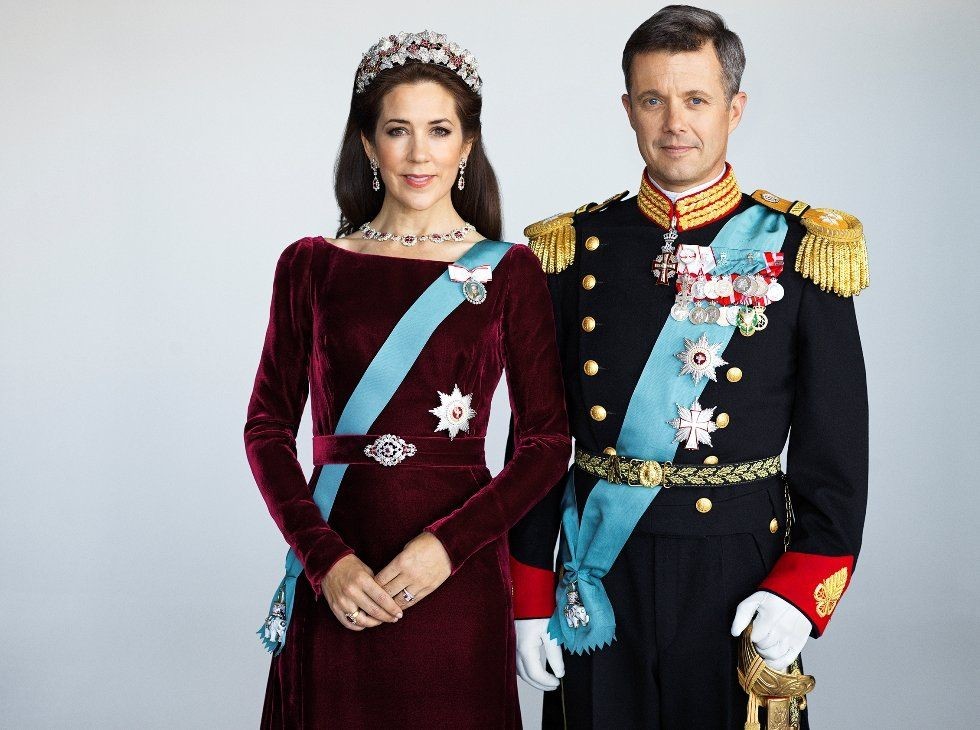
Also running is distance stud Jakob Ingebrigtsen in the U20 men’s race, 5,000m world champion Hellen Obiri in the senior women’s race and world juinor 5,000m champion Beatrice Chebet in the U20 women’s event.
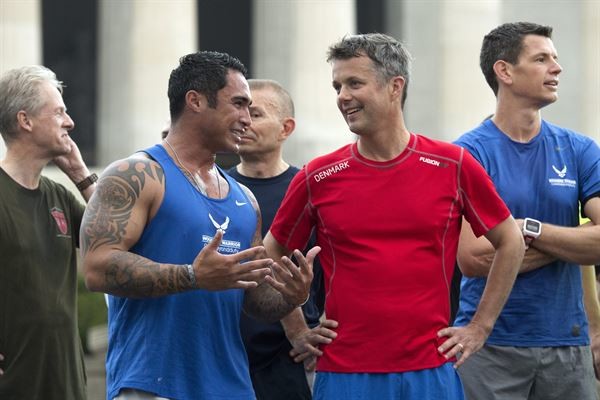
The IAAF president and former Olympic medallist Seb Coe and Frederik, Crown Prince of Denmark, are taking part in the 8K event.
The Crown Prince is an avid runner.
(03/27/19) Views: 36

